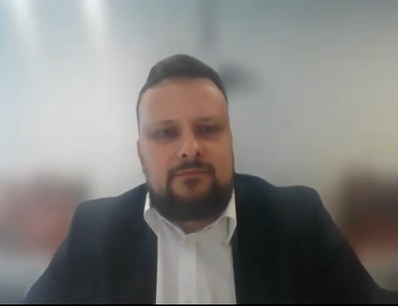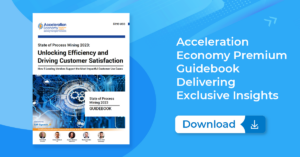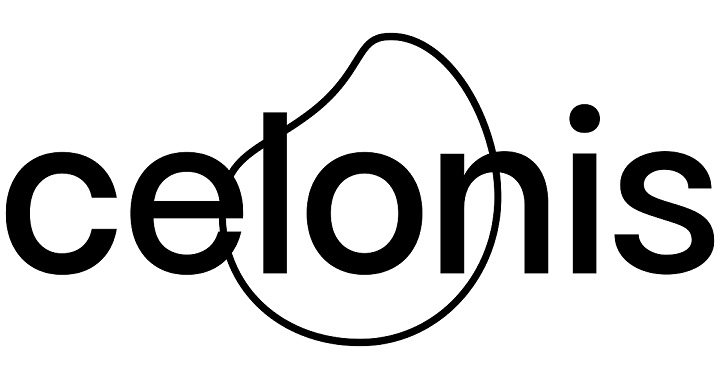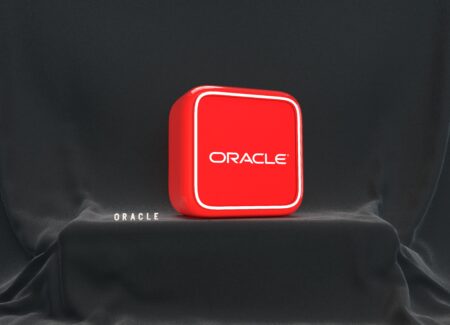Tangible financial benefits from the use of process mining in Lufthansa’s finance organization have prompted the airline to develop a custom application to identify lost invoices and build broader plans to expand use of the software in areas including procurement.
Roughly one year into an implementation of process mining software from Celonis, the airline’s Global Business Services Group is moving ahead rapidly with the software on several fronts. At the same time, it’s monitoring new technology including Celonis Object Centric Process Mining, as well as generative AI developments, for opportunities to deploy process mining more broadly.
These developments in Business Services build on other, customer-facing benefits in Lufthansa, where company officials have publicly described the ways process mining helps manage airplane schedules and logistics, including a wide range of factors that can impact the timeliness of flights.
In developing its base-level applications for finance, Lufthansa Business Services Group has already covered, and financial benefits have exceeded, its costs for the Celonis software, says Eligiusz Pach, head of process managers for Lufthansa Business Services.
Start With The Basics: Finance Use Cases
Global Business Services began its first major Celonis process mining implementation in 2022, with a focus on “classic” use cases in accounts payable for functions including credit memo, foreign currency cash prediction, and duplicate payment checking. Pach noted that the Duplicate Checker, an application often cited by customers as having major cost savings benefits, has had measurable impactful at Lufthansa as well.

The ability to prevent and recover duplicate payments through the Duplicate Checker function has paid off in the first year in the following amounts:
- Lufthansa saved roughly 1.8 million euros from the prevention of duplicate payments
- It recovered roughly 180,000 euros from duplicate payments that were already made
While some other process mining customers have cited a larger financial impact from this application, Lufthansa is still in its early days, and it’s also building on this success with a more expansive strategy that addresses other business requirements and use cases.
Custom Development of Invoice Tracking App
Once the airline developed experience, expertise, and confidence with process mining, it was able to sketch more ambitious plans, specifically taking the form of in-house custom development in the finance function. That’s a great example of a customer organization launching a co-creation initiative to build applications tailored to its unique business requirements and taking maximum advantage of process mining as an underlying platform.
Specifically, the company built an application driven by predictive analytics to search for missing invoices in its systems. The application monitors patterns such as which suppliers send invoices on which days in order to determine if or when invoices might be missing. “We wanted to ensure that, at least with our critical suppliers, we have the documents in our system in order to reduce the risk of late payment fees,” Pach says.
The application is currently being used with the first batch of major suppliers, and the company is now thinking about expanding to more countries and more suppliers. “We can already pick up certain documents which are really missing, meaning that we don’t have to wait or trace the suppliers later on, so we can react proactively on the topic,” Pach says.
Deployed in the second quarter of this year, the application took approximately four months to build and required collaboration by a cross-functional team of data scientists and “process scientists.” While the goal of building the application was to solve an internal problem, the company is “open-minded” about the possibility of sharing the application with other customers, including through the Celonis marketplace, Pach says.
Future Developments
Based on its success to date with off-the-shelf and custom applications, Lufthansa’s Business Services Group is planning additional use cases and evaluating new technology developments. Both sets of initiatives speak to an objective to derive maximum value from the software.
In terms of new use cases, Pach says order-to-cash analysis is a high priority, as are several procurement use cases. In the order-to-cash function, process mining would be applied to billing, reconciliation of open items, and the collection process. In procurement, the intent is to address working capital management and related functions. One additional use case on the drawing board: analysis of an internal ticketing system that manages workflows, with a goal of tracking the amount of communication with different stakeholders and determining how to streamline that process.
The company is also monitoring new technology developments, including Object Centric Process Mining (which provides an end-to-end view of a single process, rather than individual pieces) as well as the potential to capitalize on generative AI, which could enable natural language queries of a process mining system.
Pach says such developments could be helpful in expanding the usage, and therefore the impact, of process mining. The company currently has 50+ users utilizing process mining, but he says democratization measures could push that figure as high as 1,000 users.











